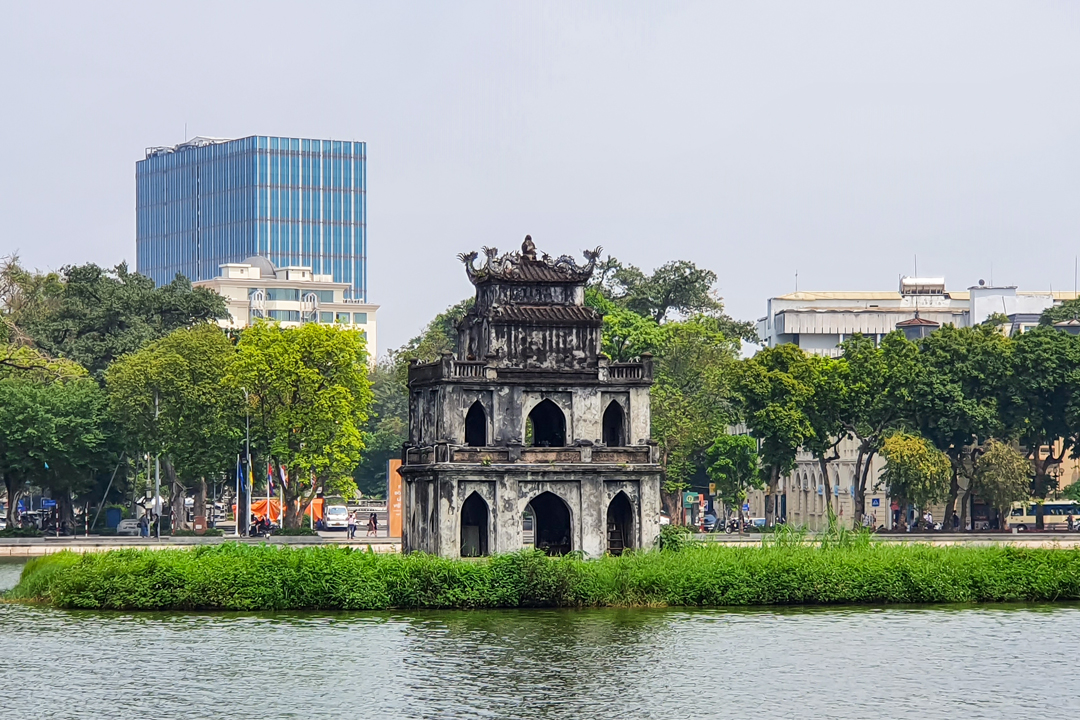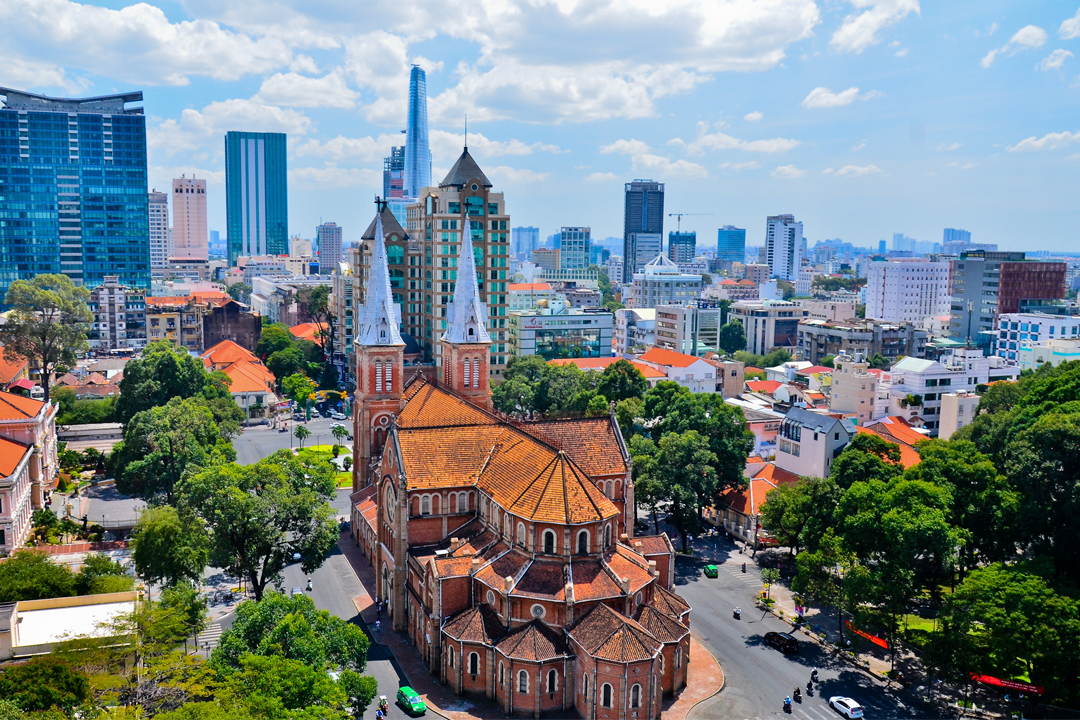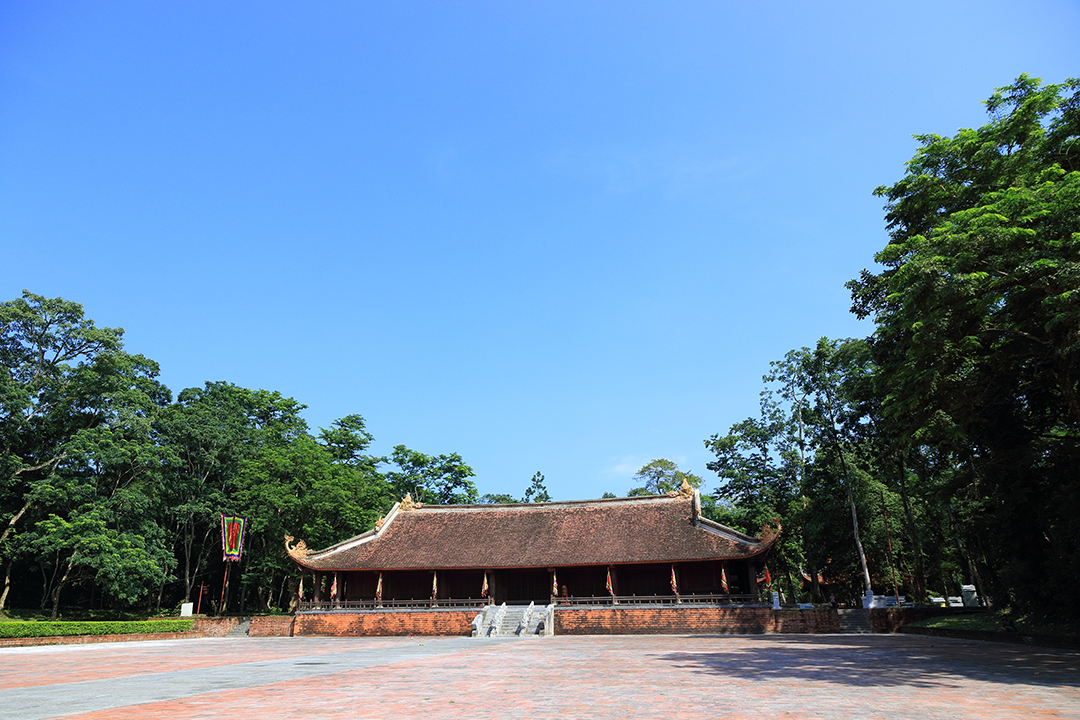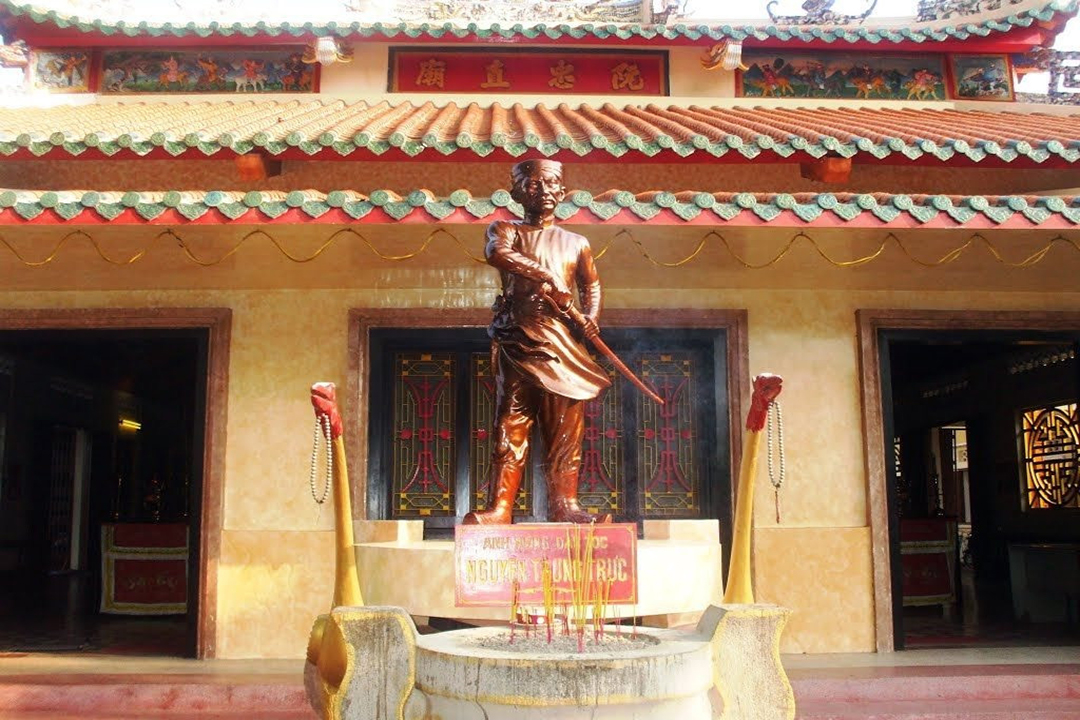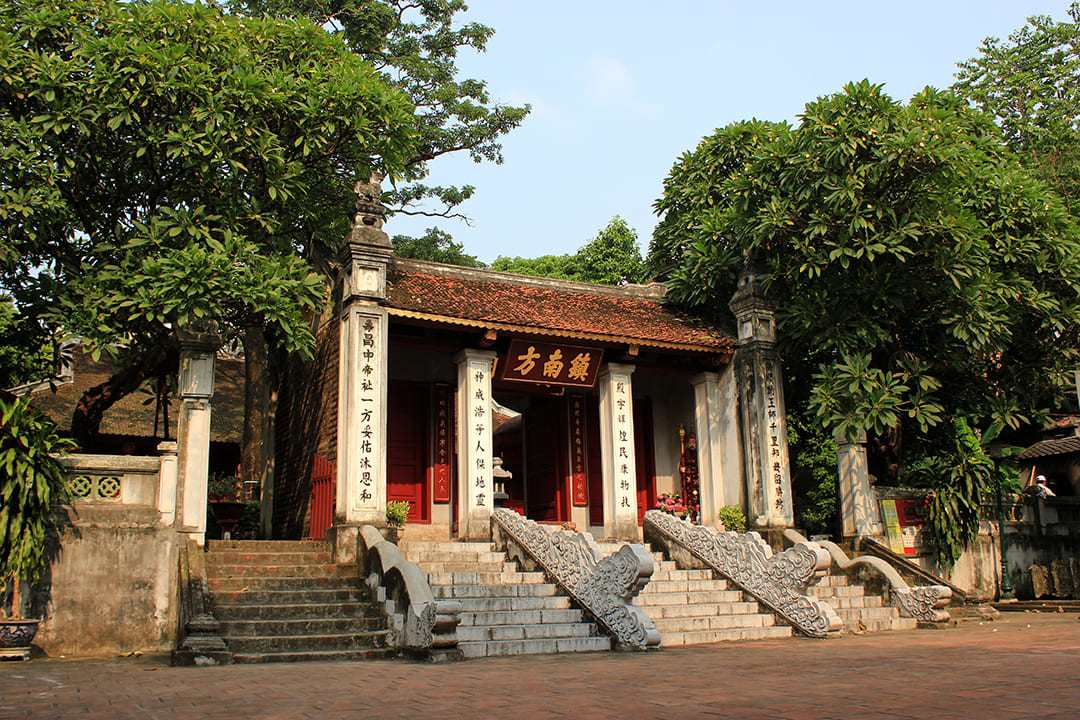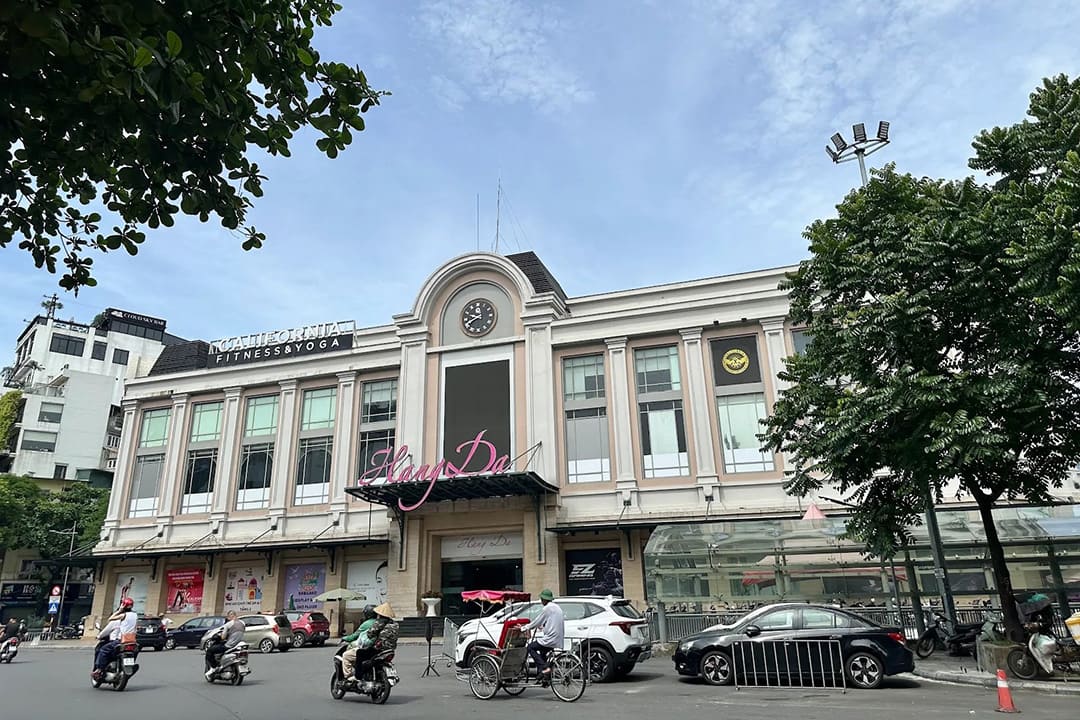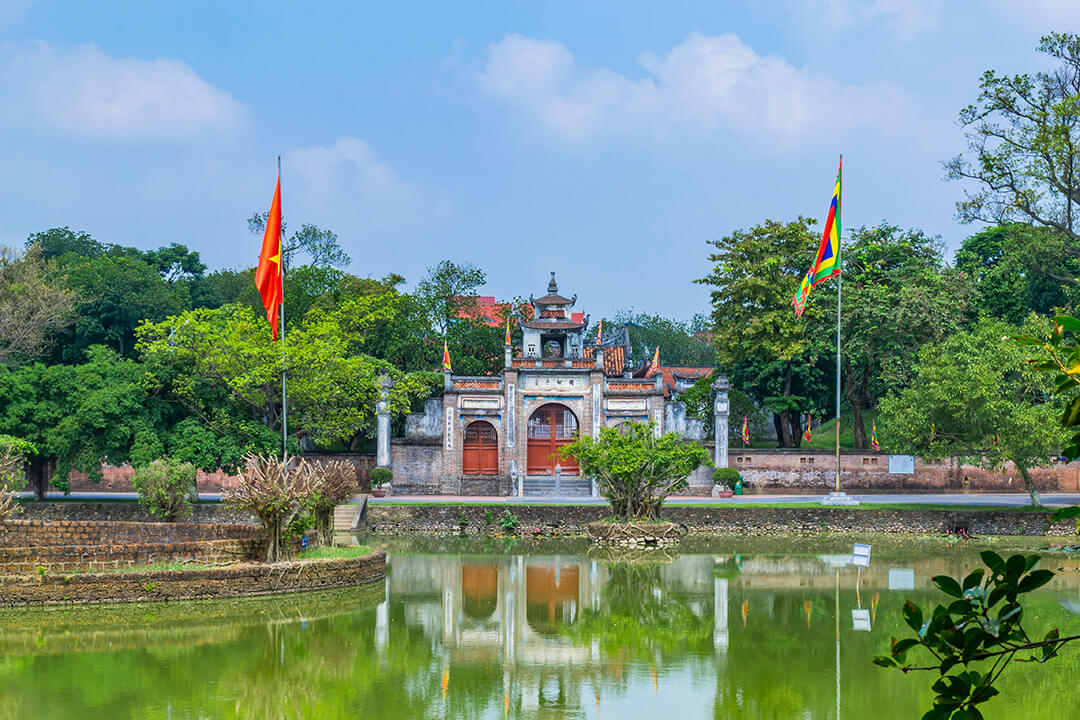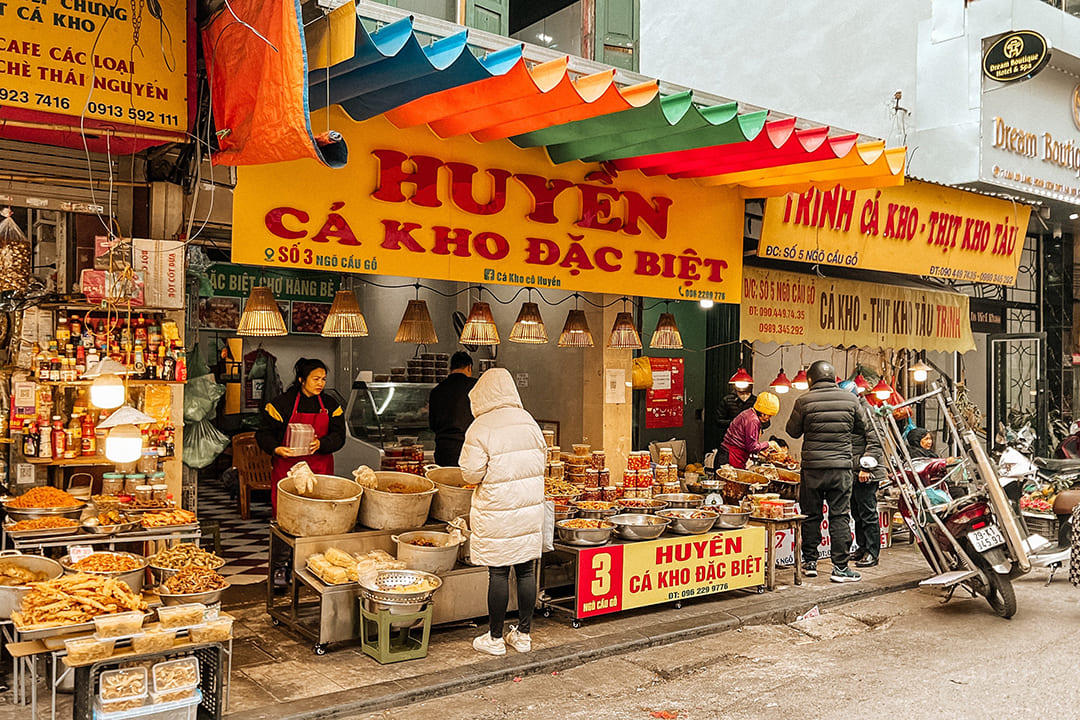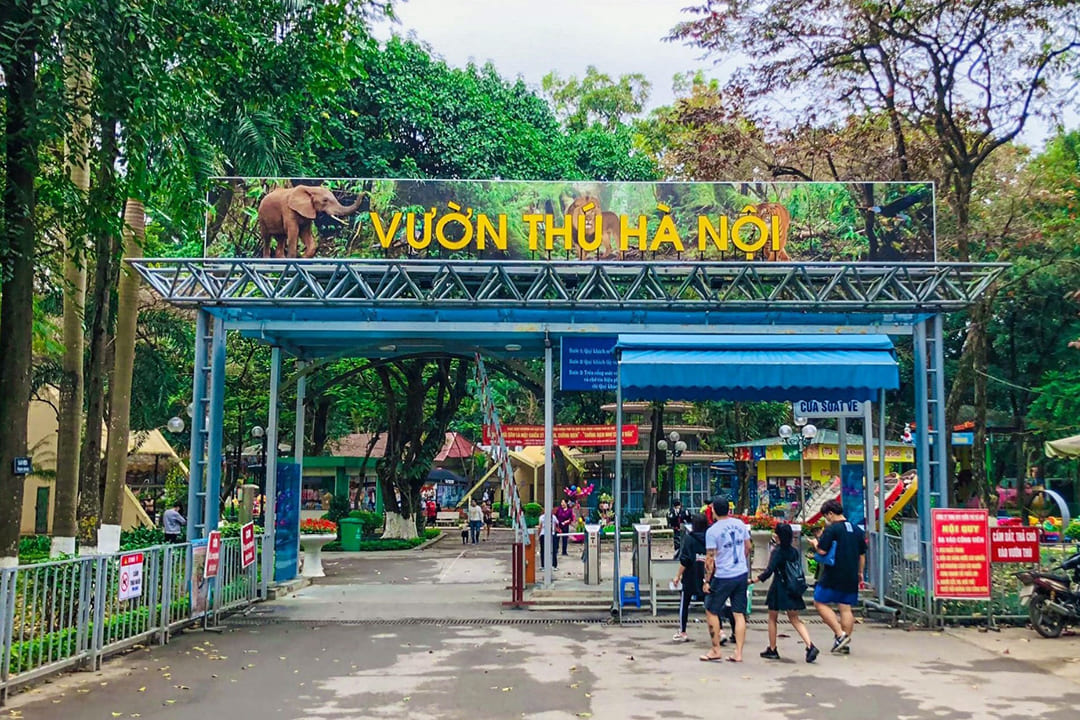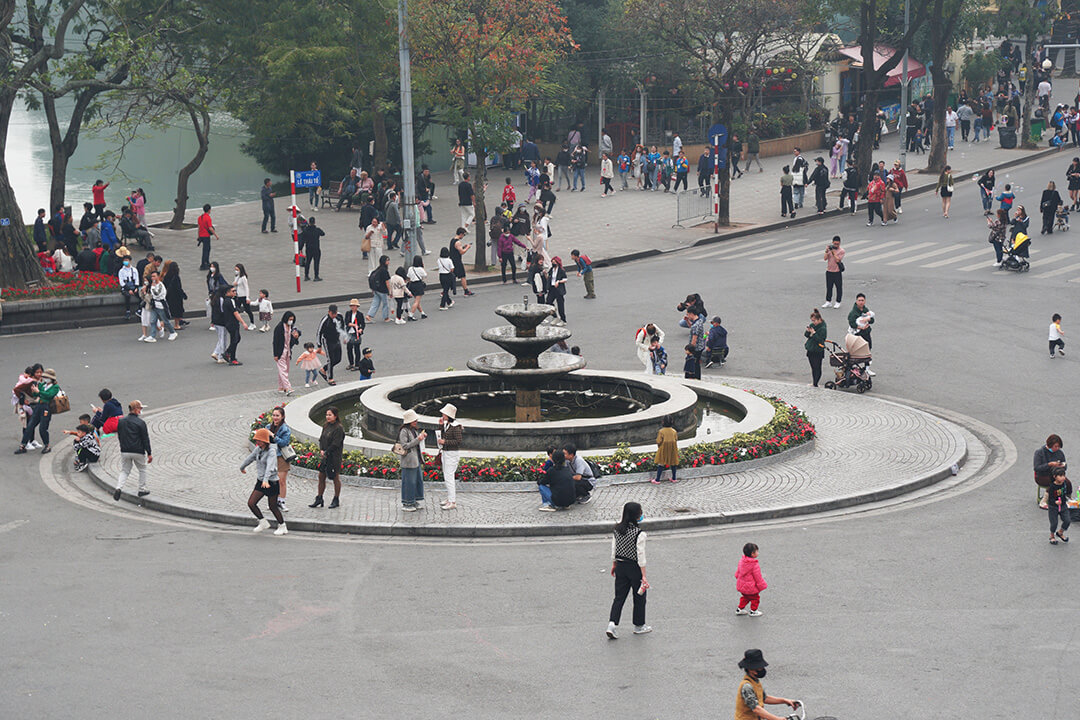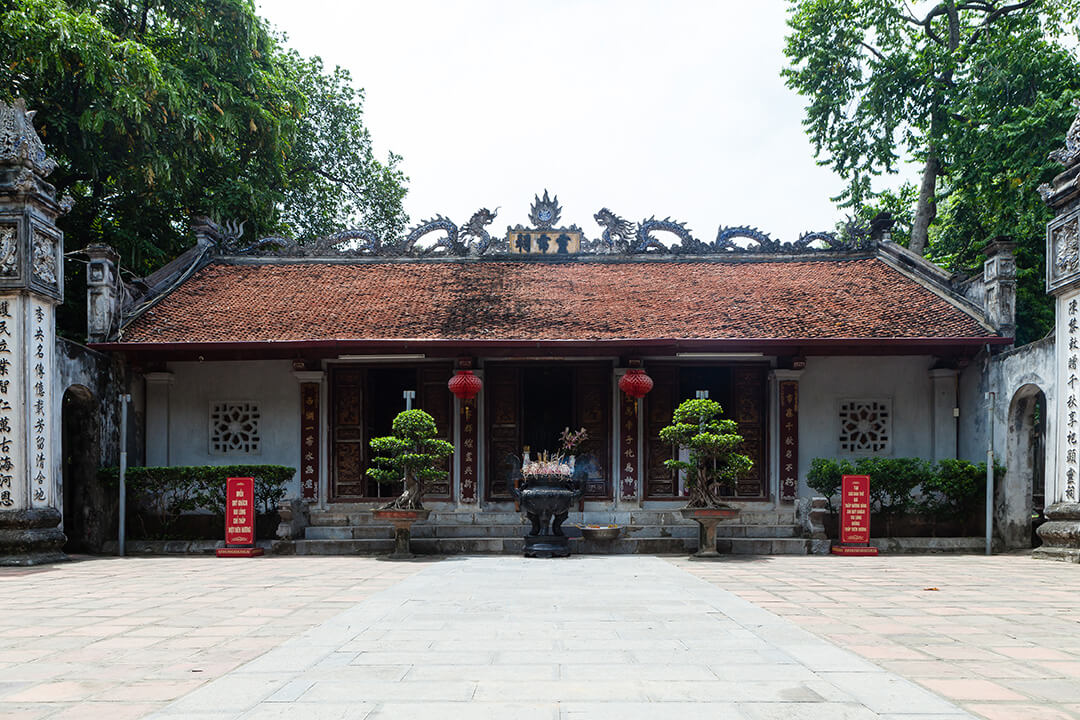Oct - 06 - 2025
Chuong Village is widely celebrated as the cradle of the traditional conical hat-making craft in Northern Vietnam. This place is renowned for its exquisite and long-standing craftsmanship. For centuries, this humble village has been the pulsing heart of the Non La, the iconic symbol of Vietnamese culture. This GTrip guide will take you on a journey into the heart of this unique craft village, exploring its rich history, the cultural importance of the conical hat, and all the amazing experiences that await you. Chuong Village offers an attractive escape for tourists passionate about traditional culture, authentic experiences, and the soul of Vietnamese heritage. A trip to Chuong Village is a step back in time, an opportunity to witness a craft that has shaped the cultural identity of a nation.
Overview of Chuong Village
Here is some essential information that you should know about this unique village.
The conical hat in Vietnamese culture
The conical hat, or Non La, is far more than a simple piece of headwear; it is a profound cultural symbol of Vietnam. It represents the simple, gentle, and elegant beauty of Vietnamese people, particularly women in the traditional ao dai. The hat is a constant companion in daily life, its wide brim offering practical protection from the nation's tropical sun and sudden rains. But its role transcends the practical. The conical hat is an integral part of the nation's culture, an artistic element featured in traditional dances, a subject of poetry, and an unmistakable emblem of the country's agricultural heritage. Its image is deeply woven into the fabric of Vietnamese identity, evoking a sense of grace, resilience, and connection to nature.
Where is Chuong Village, and how to get there?
For those looking to explore this hub of tradition, getting there is a straightforward journey.
Chuong Village is located in Phuong Trung Commune, Thanh Oai Ward, Hanoi, approximately 30 km southwest of the city center. It lies nestled on the banks of the gentle Day River, a location that has historically supported its craft.
Directions:
- By bus: The most budget-friendly option is to take bus route 103A from My Dinh Bus Station. This route passes directly through the village, making it a convenient choice for travelers.
- By motorbike or car: For more flexibility, a motorbike or private car is an excellent option. The journey takes around an hour from Hanoi's center. Simply follow National Highway 21B southwest, and you will find clear signs directing you to the village. A private car offers the added comfort and the ability to combine your trip with other nearby attractions like the Quang Phu Cau Incense Village.
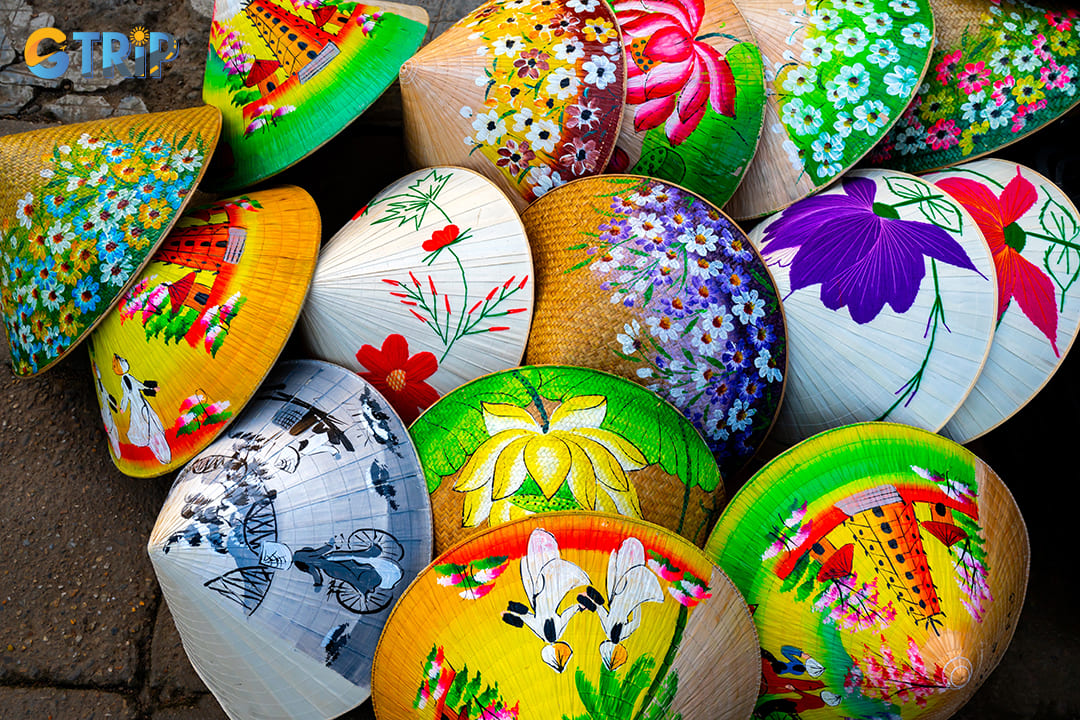
Chuong Village is widely celebrated as the cradle of the traditional conical hat-making craft in Northern Vietnam
The history of Chuong Village
The story of Chuong village is the story of its craft. According to village elders, the Chuong conical hat craft has a rich history spanning over 300 years, though some believe its origins may trace back to the 8th century when the village was known as Trang Thi Trung. While the exact founding date is lost to time, the village’s reputation for producing the finest conical hats in the northern region is firmly etched in history.
In feudal times, the village's artisans crafted hats for nearly every social class. They produced many types of hats for different social classes. There were non quai thao (a flat palm hat with fringes), non dau (for beast soldiers), and even elegant, high-quality designs reserved for queens and princesses in the royal court. This royal patronage solidified Chuong village’s status as a premier brand, a mark of unparalleled quality and artistry.
Over the centuries, the craft was passed down through generations, with each family contributing to the village's legacy. Though hat-making was often a secondary job to supplement agricultural income, it became a source of immense pride and a core part of the community's identity. This dedication ensures that the intricate skills and traditional values are diligently preserved, keeping the spirit of the craft alive for the future.
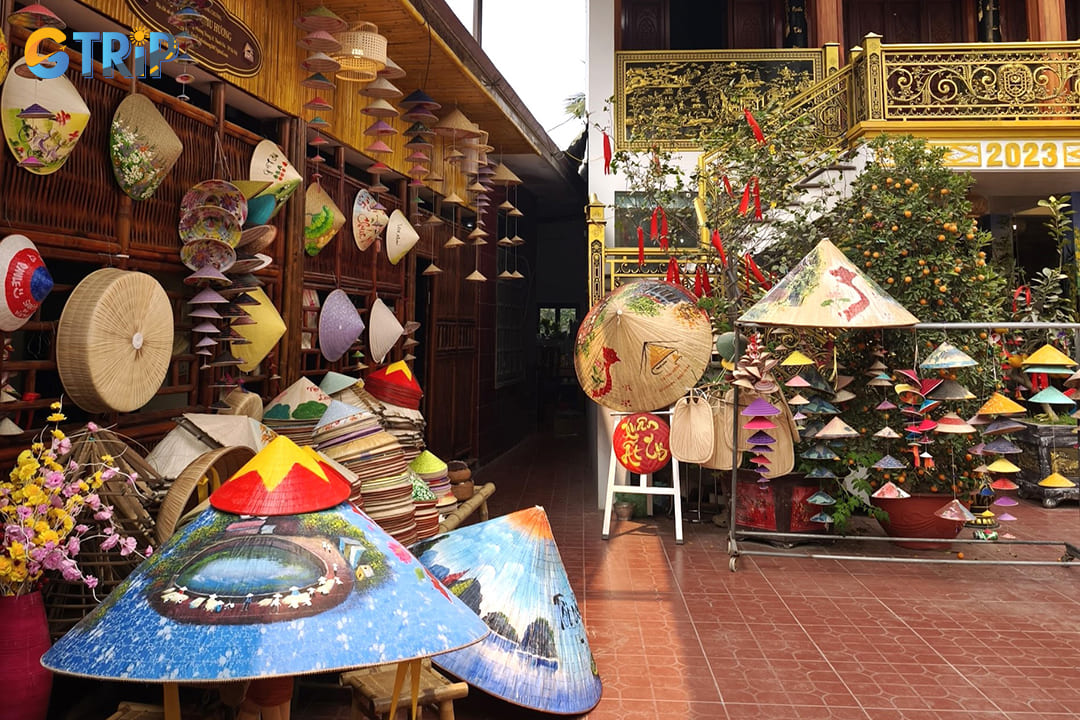
Over the centuries, the craft was passed down through generations, with each family contributing to the village's legacy
The art of the conical hat: a step-by-step process
Creating a Non La is a meticulous process that requires patience, skill, and an intimate knowledge of natural materials. While it may look simple, each hat is the result of many intricate steps, honed over generations.
1. Material selection:
The process begins with sourcing the right materials. The primary leaves used are from a specific type of palm, which are often brought from the central provinces of Quang Binh and Ha Tinh. For the frame, artisans select mature bamboo, which is split into thin, pliable strips.
2. Leaf preparation:
The fresh palm leaves are first left to dry in the sun. Afterwards, they are carefully ironed to become flat and smooth. This stage requires a deft touch, as the heat must be just right to avoid burning the delicate leaves.
3. Frame construction:
The bamboo is painstakingly split and polished before being bent into 16 concentric circles of varying diameters. These hoops are then attached to a conical mold, creating the skeleton of the hat. This frame provides the hat’s iconic shape and structural integrity.
4. Weaving the leaves:
This is where the true artistry lies. Artisans skillfully arrange the prepared palm leaves onto the frame, often in two or three layers to ensure it is both lightweight and weather-resistant. For special hats, like the famous "poem hats" (non bai tho) of Hue, a layer with poetry or images is placed between the leaves, only visible when held up to the light.
5. Sewing and finishing:
The leaves are meticulously sewn to the frame using a thin, durable thread. The stitches must be even and tight to ensure the hat's longevity. Finally, a silk ribbon is attached for the chin strap, and the hat may be coated with a light varnish of turpentine mixed with alcohol to make it more durable and waterproof.
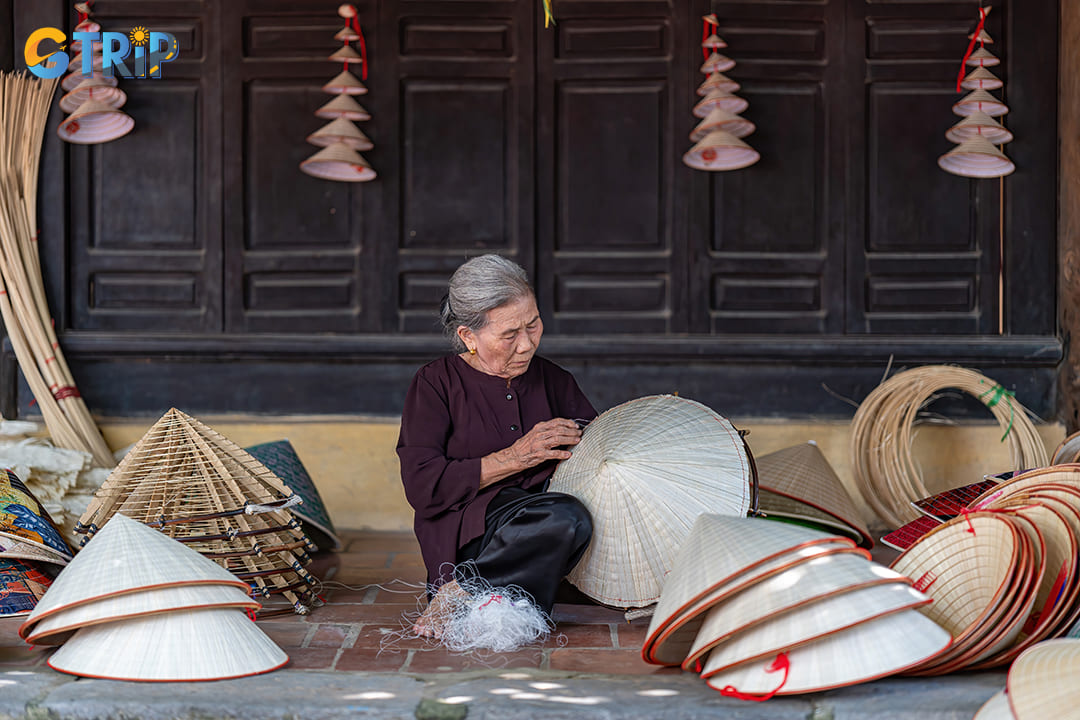
Creating a Non La is a meticulous process that requires patience, skill, and an intimate knowledge of natural materials
What to do in Chuong Village?
A visit to Chuong village is a rich and immersive experience. From its bustling market to its serene cultural landmarks, there is much to see and do.
Explore Chuong Village’s market
The heart of the village beats strongest at its unique market. It is not just a place of commerce but a vibrant community cultural space where the entire world of conical hats comes alive.
The Chuong market is held only six days a month: on the 4th, 10th, 14th, 20th, 24th, and 30th of the lunar calendar. The market operates for just a couple of hours, from around 6 AM to 8 AM, making it a truly special event to witness. Arriving early is essential, as the best products are often gone by 7 AM.
This market is the primary trading hub for everything related to conical hats. Here, you will see piles of gleaming white hats, stacks of bamboo frames, bundles of palm leaves, and spools of colorful thread. It is a place where artisans from the village and surrounding areas gather to sell their wares, buy materials, and share their expertise. The sight of the market, filled with the elegant white of countless hats in the early morning light, is an unforgettable experience.
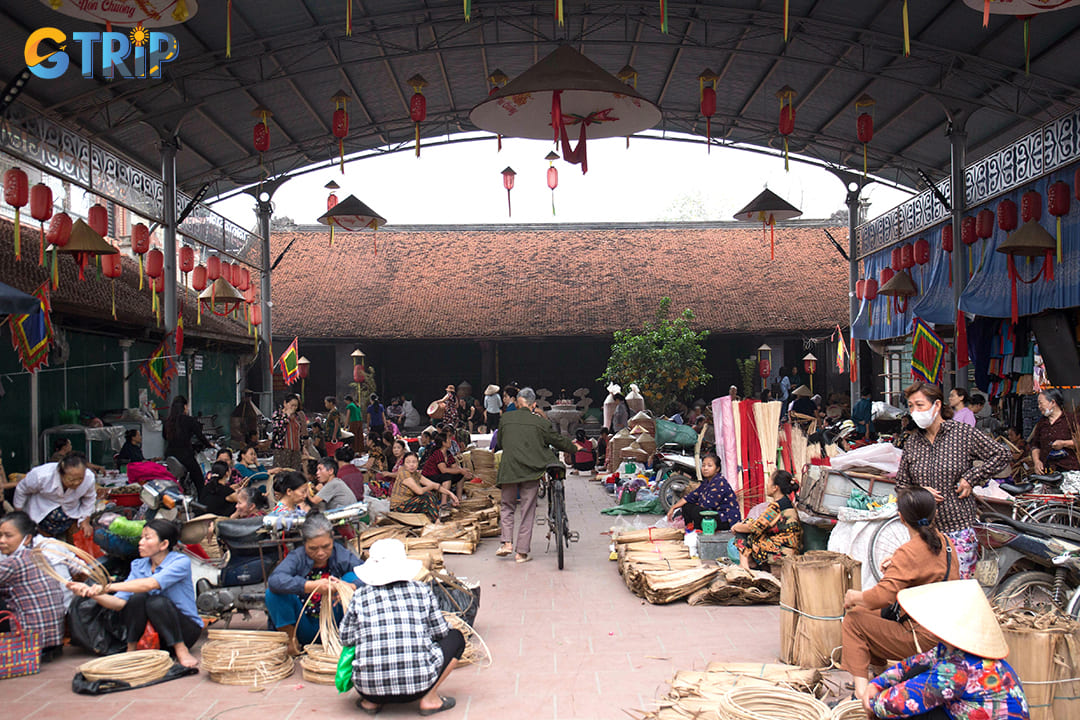
This market is the primary trading hub for everything related to conical hats
Join Chuong Village Festivals
For a deeper immersion into the local culture, plan your visit around one of the village's vibrant festivals. The main village festival is a grand celebration held annually on the 10th day of the third lunar month, with festivities often running from the 9th to the 11th. This festival commemorates the national hero Phung Hung and features solemn rituals, traditional games like wrestling and human chess, and lively rice cooking competitions.
The village also holds a large fair around the 10th day of the first lunar month, which historically was one of the biggest fairs in the former Ha Dong Province. These festivals offer a fascinating glimpse into the village's spiritual life and community spirit.
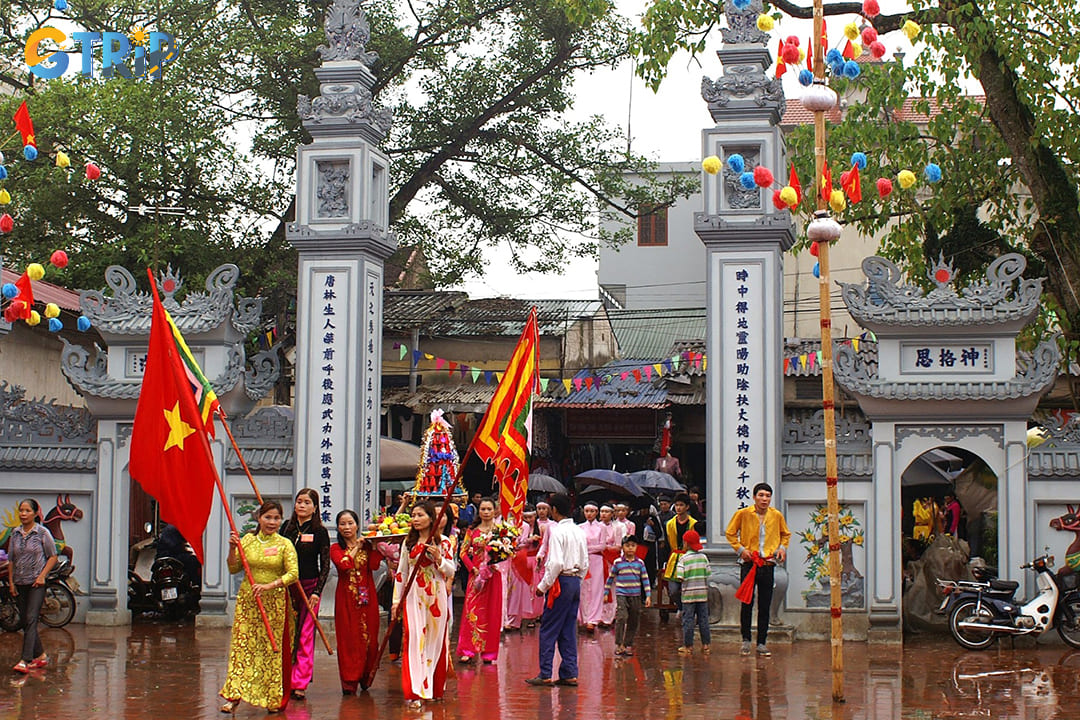
For a deeper immersion into the local culture, plan your visit around one of the village's vibrant festivals
Visit Chuong Village’s communal house and temples
At the center of the community stands the Chuong Village communal house (Dinh Lang Chuong), a beautiful example of traditional Vietnamese architecture from the Nguyen Dynasty. Built in 1894, this structure is the heart of the village's cultural and spiritual life, a place where important events and rituals are held. The communal house is intricately decorated with carvings of dragons and other sacred creatures and preserves many historical artifacts.
Beyond the main communal house, visitors can explore other ancient places of worship scattered throughout the village. These include the Thuong Temple, dedicated to the national hero Phung Hung, and several other pagodas and temples that add to the village's serene and timeless atmosphere.
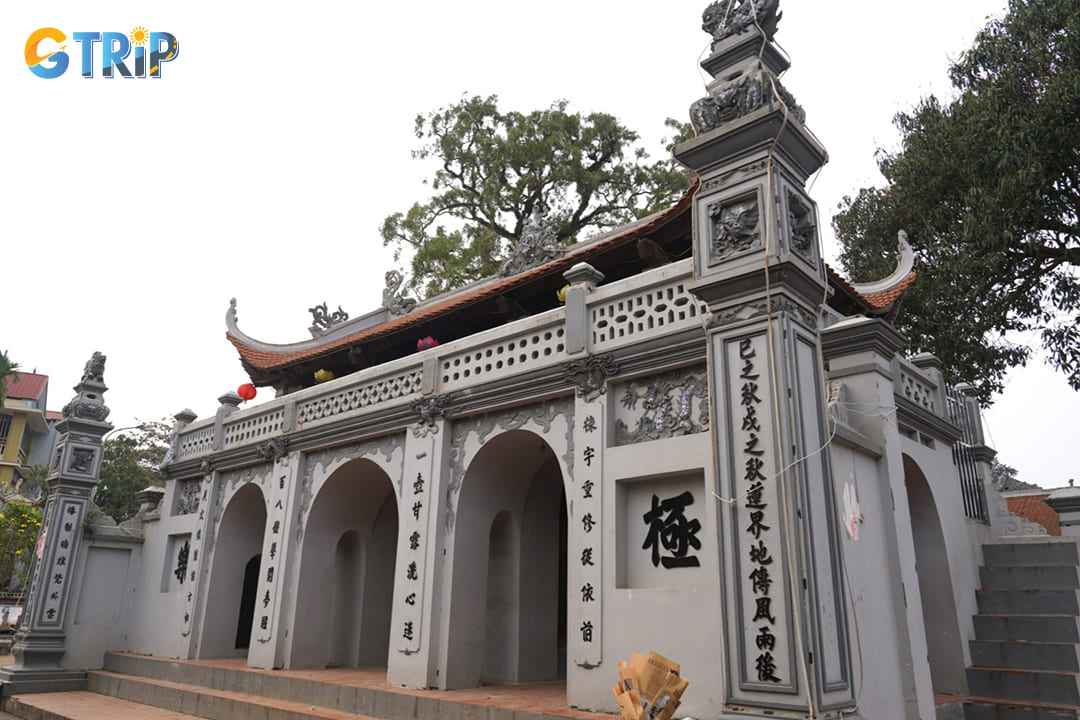
At the center of the community stands the Chuong Village communal house (Dinh Lang Chuong)
Stroll around the village and support local artisans
One of the greatest pleasures of visiting Chuong village is simply taking a leisurely stroll through its narrow alleys. You’ll see palm leaves drying in the sun, artisans sitting on their doorsteps working on hats, and the general hum of a community dedicated to its craft. The ancient village gates and traditional houses with tiled roofs provide countless opportunities for beautiful souvenir photos.
While here, be sure to buy an authentic conical hat directly from an artisan. This is the best way to get a beautiful, reasonably priced souvenir, with hats ranging from 30,000 to 150,000 VND, while directly supporting the local community. Your purchase contributes to the preservation of this invaluable traditional craft and provides a meaningful connection to the people who keep it alive. Some artisans are even innovating with new products like decorative cone lanterns and wind chimes.
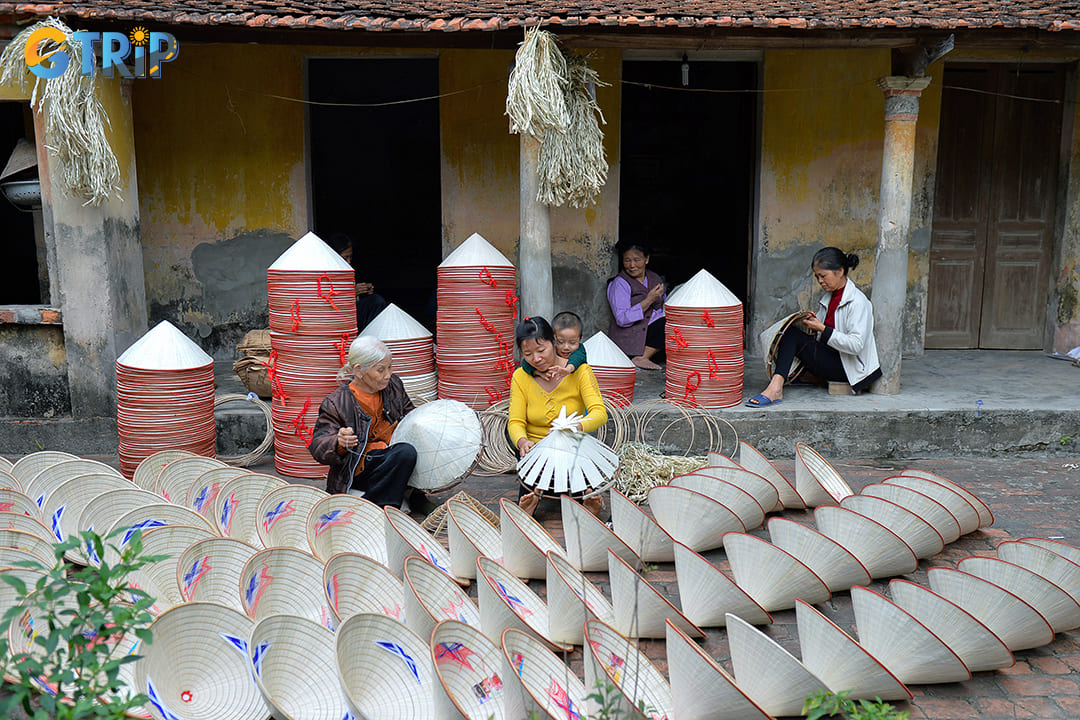
One of the greatest pleasures of visiting Chuong village is simply taking a leisurely stroll through its narrow alleys
Chuong Village is more than just a craft village. It is a living museum that preserves a significant aspect of Vietnamese cultural heritage. A visit with GTrip offers a unique glimpse into a centuries-old tradition, supports local artisans, and provides a memorable connection to the soul of Vietnam. It stands as a proud testament to the nation's enduring craftsmanship and cultural identity, a place where every thread tells a story and every hat carries a legacy.

